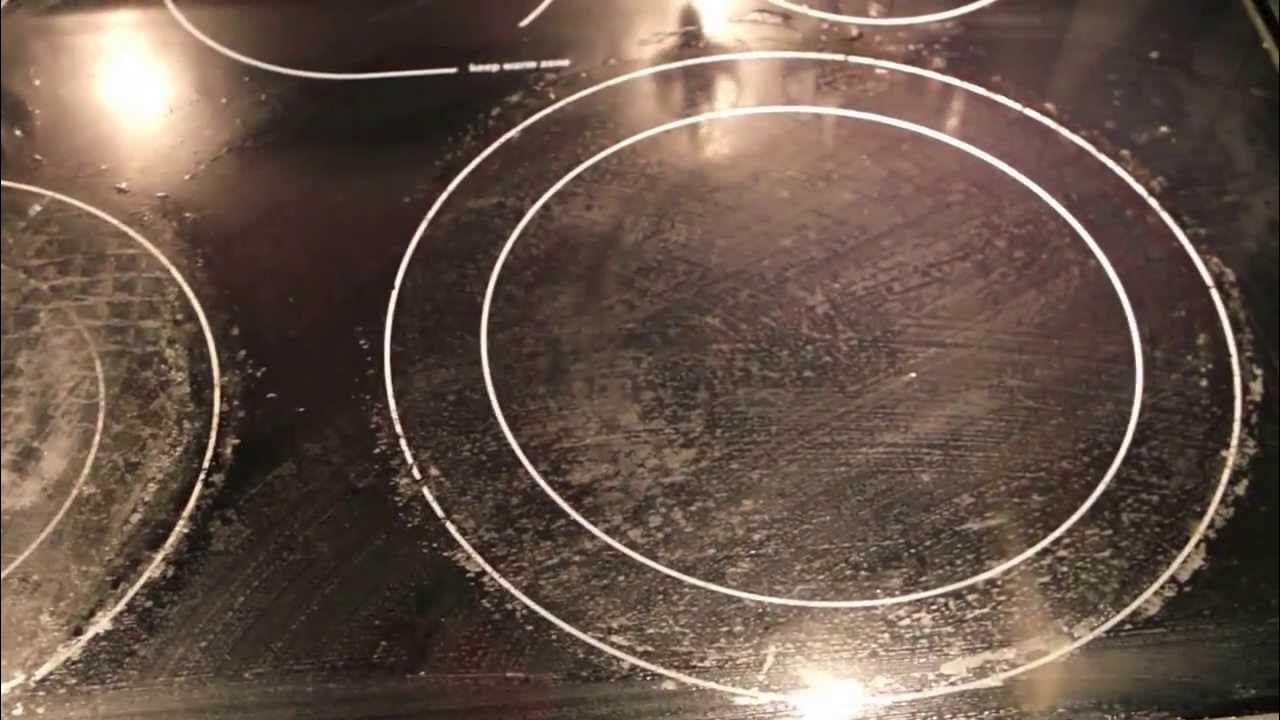

Articles
How To Clean A Cloudy Glass Cooktop
Modified: January 5, 2024
Discover effective techniques and products to remove cloudiness from your glass cooktop with our informative articles. Achieve a sparkling clean surface effortlessly.
(Many of the links in this article redirect to a specific reviewed product. Your purchase of these products through affiliate links helps to generate commission for Storables.com, at no extra cost. Learn more)
Introduction
A cloudy glass cooktop can be frustrating and unsightly. Whether it’s due to spills, grease, or burned-on food, a hazy surface can make your cooktop look dirty even when it’s clean. Fortunately, with the right materials and a little effort, you can restore the shine and clarity to your glass cooktop.
In this article, we will guide you through the step-by-step process of cleaning a cloudy glass cooktop. From removing loose debris to polishing the surface, we will cover each stage to ensure a sparkling and spotless finish.
Before we get started, gather the materials needed to clean your glass cooktop. Having everything on hand will make the process smoother and more efficient. Here’s what you’ll need:
- Mild dish soap or specially formulated cooktop cleaner
- Vinegar or lemon juice
- Baking soda
- Microfiber cloth or sponge
- Razor blade scraper
- Soft, non-abrasive scrub brush
With these materials ready, let’s dive into the cleaning process and bring back the shine to your cloudy glass cooktop.
Key Takeaways:
- Say goodbye to cloudy glass cooktops with a step-by-step cleaning process using simple materials like vinegar, baking soda, and a razor blade scraper. Achieve a sparkling, spotless finish and enjoy cooking in a gleaming kitchen.
- Transform your cloudy glass cooktop into a radiant centerpiece with gentle yet effective cleaning techniques. From removing loose debris to adding final touches, restore the shine and clarity for a showroom-worthy appearance.
Read more: How To Clean Cloudy Glass
Materials Needed
Before you begin cleaning your cloudy glass cooktop, gather the following materials:
- Mild dish soap or specially formulated cooktop cleaner: You’ll need a cleaning agent to remove grease, stains, and food residue from the surface of the cooktop. A mild dish soap diluted with water or a cooktop cleaner specifically designed for glass cooktops will work well.
- Vinegar or lemon juice: These acidic substances can help break down tough stains and add shine to your glass cooktop. Choose either vinegar or lemon juice based on your preference, or use both in different stages of the cleaning process.
- Baking soda: Baking soda is a versatile cleaning agent that can help remove stains and deodorize the cooktop surface. It is gentle enough not to scratch the glass, making it suitable for cleaning a cloudy glass cooktop.
- Microfiber cloth or sponge: A soft and absorbent cloth or sponge is essential for scrubbing and wiping down the cooktop surface. Microfiber materials are particularly effective at lifting dirt and grime without leaving streaks or scratches.
- Razor blade scraper: A razor blade scraper is a valuable tool for removing stubborn burnt-on food or residue from the glass cooktop. Make sure to use a blade specifically designed for glass to avoid scratching the surface.
- Soft, non-abrasive scrub brush: A soft scrub brush will assist in loosening dirt and grime from the glass surface while being gentle enough not to cause damage. Choose a brush with nylon bristles or a silicone scrubber for effective yet safe cleaning.
Having these materials at hand will make the cleaning process more efficient and ensure that you have everything you need to achieve a sparkling and clear glass cooktop. With your materials ready, let’s move on to the step-by-step cleaning process.
Step 1: Remove Loose Debris
Before diving into the cleaning process, it’s important to remove any loose debris or residue from the surface of your glass cooktop. This will prevent any scratching or spreading of dirt during the cleaning process.
To remove loose debris, follow these steps:
- Ensure that the cooktop has cooled down completely. Cleaning a hot cooktop can be dangerous and may cause burns.
- Gently scrape off any large pieces of food or debris from the surface using a razor blade scraper. Hold the scraper at a 45-degree angle to avoid scratching the glass. Be careful not to apply too much pressure.
- Use a soft, damp cloth or sponge to wipe away any remaining loose debris from the cooktop. Make sure to reach all edges and corners of the glass surface.
By removing loose debris before cleaning, you’ll create a clean slate to work with and avoid the risk of scratches or further damage to your glass cooktop. With the loose debris removed, we can now move on to preparing the cleaning solution.
Step 2: Prepare the Cleaning Solution
Now that you’ve removed the loose debris from your glass cooktop, it’s time to prepare the cleaning solution. This solution will help break down grease, stains, and food residue on the surface, allowing for effective cleaning.
Here’s how you can prepare the cleaning solution:
- Fill a basin or bowl with warm water.
- Add a few drops of mild dish soap to the water. If you prefer, you can also use a specially formulated cooktop cleaner for glass surfaces.
- If you’re dealing with stubborn stains or buildup, you can add a teaspoon of baking soda to the mixture. Baking soda has excellent cleaning properties and can help remove tough stains without scratching the glass surface.
- Optional: If you prefer to use natural cleaning solutions, you can replace the mild dish soap with equal parts vinegar and water or lemon juice and water. Vinegar and lemon juice have acidic properties that can help cut through grease and add shine to your glass cooktop.
- Give the mixture a gentle stir to ensure that the cleaning agents are well mixed with the water.
By preparing a cleaning solution, you’ll have a powerful tool to tackle the grime and stains on your glass cooktop. The combination of warm water, mild dish soap or cooktop cleaner, and optionally vinegar or lemon juice will help loosen dirt and make it easier to remove during the cleaning process.
With your cleaning solution ready, it’s time to move on to applying it to the cooktop’s surface in the next step.
Step 3: Apply the Cleaning Solution
With your cleaning solution prepared, it’s time to apply it to the cloudy glass cooktop. This will help break down grease, stains, and food residue, making it easier to remove during the cleaning process.
Follow these steps to apply the cleaning solution:
- Dampen a soft cloth or sponge with the cleaning solution.
- Gently apply the solution to the entire surface of the glass cooktop. Make sure to reach all areas, including any stained or greasy spots.
- If you’re dealing with a particularly stubborn stain or buildup, let the cleaning solution sit on the area for a few minutes. This will allow it to penetrate the grime, making it easier to remove.
When applying the cleaning solution, be cautious not to use excessive force or abrasive materials as they may scratch the glass surface. Instead, opt for a gentle yet thorough application to ensure effective cleaning.
Once the cleaning solution has been evenly applied, we’ll move on to the next step: letting the solution sit for optimal results.
Read more: How To Clean Cloudy Wine Glasses
Step 4: Let the Solution Sit
After applying the cleaning solution to your cloudy glass cooktop, it’s important to give it some time to work its magic. Allowing the solution to sit on the surface will help break down stubborn stains, grease, and food residue, making them easier to remove.
Here’s what you need to do:
- Leave the cleaning solution on the glass cooktop for about 10-15 minutes. This duration will allow the solution to penetrate the grime and loosen it from the surface. You can set a timer to help keep track of the time.
- During this waiting period, avoid touching or disturbing the cleaning solution on the cooktop. Allowing it to sit undisturbed will enhance its effectiveness.
By giving the cleaning solution some time to work, you’re maximizing its ability to break down tough stains and dirt. This step is particularly crucial for dealing with stubborn buildup and ingrained grime on your glass cooktop.
After the waiting period, we’ll move on to the next step: scrubbing the cooktop to remove the loosened residue.
Use a mixture of baking soda and water to create a paste. Apply it to the cloudy areas and let it sit for 15 minutes. Then, gently scrub with a non-abrasive sponge and wipe clean with a damp cloth.
Step 5: Scrub the Cooktop
Now that the cleaning solution has had time to penetrate and loosen the grime on your glass cooktop, it’s time to put some elbow grease into action. Scrubbing the cooktop will help remove the loosened residue and stubborn stains, restoring the shine and clarity to the glass surface.
Follow these steps to effectively scrub your glass cooktop:
- Dampen a soft, non-abrasive scrub brush or sponge in warm water.
- Gently scrub the cooktop in a circular motion using the damp brush or sponge. Concentrate on areas with stains, dried-on food, or stubborn residue.
- If necessary, add a small amount of baking soda to the damp brush or sponge. The baking soda’s mild abrasive properties will assist in removing tougher stains without scratching the glass surface.
- Continue scrubbing until you’ve covered the entire cooktop surface, paying close attention to problem areas.
While scrubbing, keep in mind the following tips:
- Apply gentle pressure to avoid scratching the glass surface.
- Rinse the scrub brush or sponge frequently to prevent the transfer of dirt and grime back onto the cooktop.
- If using a razor blade scraper, do so with caution and at a 45-degree angle. Only use the scraper on stubborn, burnt-on stains, and carefully remove the residue.
By scrubbing the cooktop, you’re actively removing the loosened residue, leaving behind a clean and clear glass surface. However, our job is not yet finished. In the next step, we’ll wipe off the cleaning solution to reveal the results of your hard work.
Step 6: Wipe off the Cleaning Solution
Now that you’ve scrubbed your glass cooktop to remove the loosened residue, it’s time to wipe off the cleaning solution and reveal the fruits of your labor. This step will leave behind a clean and sparkling glass surface.
Follow these steps to properly wipe off the cleaning solution:
- Dampen a clean microfiber cloth or sponge with fresh water.
- Gently wipe the entire surface of the cooktop to remove the cleaning solution residue. Make sure to reach all areas, including corners and edges.
- Rinse the cloth or sponge frequently to prevent the transfer of dirt and residue back onto the glass surface.
- If needed, use a separate cloth or sponge dampened with vinegar or lemon juice to give the cooktop a final wipe. This will help remove any lingering streaks and add extra shine.
When wiping off the cleaning solution, be mindful of the following tips:
- Avoid using excessive force or applying too much pressure, as it may cause streaks or scratches.
- Dry the glass cooktop thoroughly with a clean, dry microfiber cloth to ensure there are no water spots or residue left behind.
By wiping off the cleaning solution, you’re removing any remaining residue and revealing the clean, glossy surface of your glass cooktop. Now that the surface is clean, let’s move on to the next step: polishing the cooktop to enhance its shine.
Step 7: Polish the Cooktop
After successfully removing the cleaning solution and achieving a clean glass surface, it’s time to take your cleaning efforts to the next level by polishing the cooktop. Polishing will enhance the shine and clarity of the glass, giving your cooktop a showroom-worthy appearance.
Follow these steps to effectively polish your glass cooktop:
- Dampen a clean microfiber cloth with a small amount of vinegar or lemon juice.
- Gently buff the entire surface of the cooktop in a circular motion. The acidity of the vinegar or lemon juice helps to remove any final streaks or residue, while adding an extra shine.
- Continue polishing until the glass surface is smooth, shiny, and free of streaks.
As you polish, keep the following tips in mind:
- Avoid using excessive pressure to reduce the risk of scratching the glass surface.
- Use a separate dry microfiber cloth to buff and dry the cooktop after polishing. This will ensure a streak-free finish.
By polishing the cooktop, you’ll take its cleanliness and appearance to the next level. The extra step of polishing adds that final touch for a truly stunning glass cooktop.
With the cooktop now polished, we’re almost done! Let’s move on to the last step: adding some final touches to ensure a spotless finish.
Read more: How To Clean Cloudy Glass Vases
Step 8: Final Touches
Congratulations! You’re in the final step of achieving a spotless and sparkling glass cooktop. These final touches will ensure that you leave no stone unturned in your cleaning process.
Follow these steps to wrap up the cleaning process and add those finishing touches:
- Inspect the entire cooktop surface for any remaining stains, streaks, or residue. If you spot any, go back and give those areas a gentle touch-up with the appropriate cleaning solution or polish.
- Check the edges and corners of the cooktop to make sure they are free from any dirt or grime. Use a soft cloth or sponge dampened with water to clean these areas thoroughly.
- Dispose of any used cleaning materials and rinse them well to prevent the transfer of dirt or residue to your glass cooktop during future cleaning sessions.
- Once you’re satisfied with the cleanliness and appearance of the glass cooktop, take a step back and admire your work. Marvel at the sparkling surface you’ve restored!
With these final touches and attention to detail, you can confidently say that your glass cooktop is now clean, clear, and ready for use.
Remember to follow regular maintenance practices to keep your cooktop in top condition. Wipe up spills promptly, regularly remove loose debris, and clean the cooktop after each use to prevent the buildup of dirt and stains.
By following this step-by-step guide, you’ve successfully tackled a cloudy glass cooktop and transformed it into a radiant centerpiece in your kitchen. Enjoy your sparkling clean cooktop and happy cooking!
If you found this guide helpful, feel free to share it with fellow cooking enthusiasts who may benefit from these cleaning tips.
Thank you for reading, and happy cleaning!
Conclusion
Cleaning a cloudy glass cooktop may seem like a daunting task, but with the right materials and methodical approach, you can achieve outstanding results. By following the step-by-step guide outlined in this article, you can transform your cooktop from dull and grimy to gleaming and spotless.
Throughout the cleaning process, we covered essential steps such as removing loose debris, preparing the cleaning solution, applying the solution, letting it sit, scrubbing the cooktop, wiping off the cleaning solution, polishing the surface, and adding those final touches.
Remember, when cleaning your glass cooktop, it is crucial to choose the appropriate cleaning agents and materials to avoid scratching the glass surface. Always handle the cooktop with care, and ensure it has cooled down before cleaning to prevent any accidents or burns.
Regular maintenance is key to keeping your glass cooktop looking its best. Wiping up spills promptly, removing loose debris, and regular cleaning will help prevent the buildup of stains and grime over time.
Now, armed with the knowledge and techniques outlined in this guide, you can confidently tackle a cloudy glass cooktop and restore its shine and clarity. Enjoy the satisfaction of preparing meals on a clean and stunning cooktop.
We hope this comprehensive guide has been helpful in guiding you through the process of cleaning your cloudy glass cooktop. Share your newfound knowledge with others who may benefit from these cleaning tips, and let them experience the joy of a sparkling cooktop.
Thank you for reading, and happy cleaning!
Frequently Asked Questions about How To Clean A Cloudy Glass Cooktop
Was this page helpful?
At Storables.com, we guarantee accurate and reliable information. Our content, validated by Expert Board Contributors, is crafted following stringent Editorial Policies. We're committed to providing you with well-researched, expert-backed insights for all your informational needs.
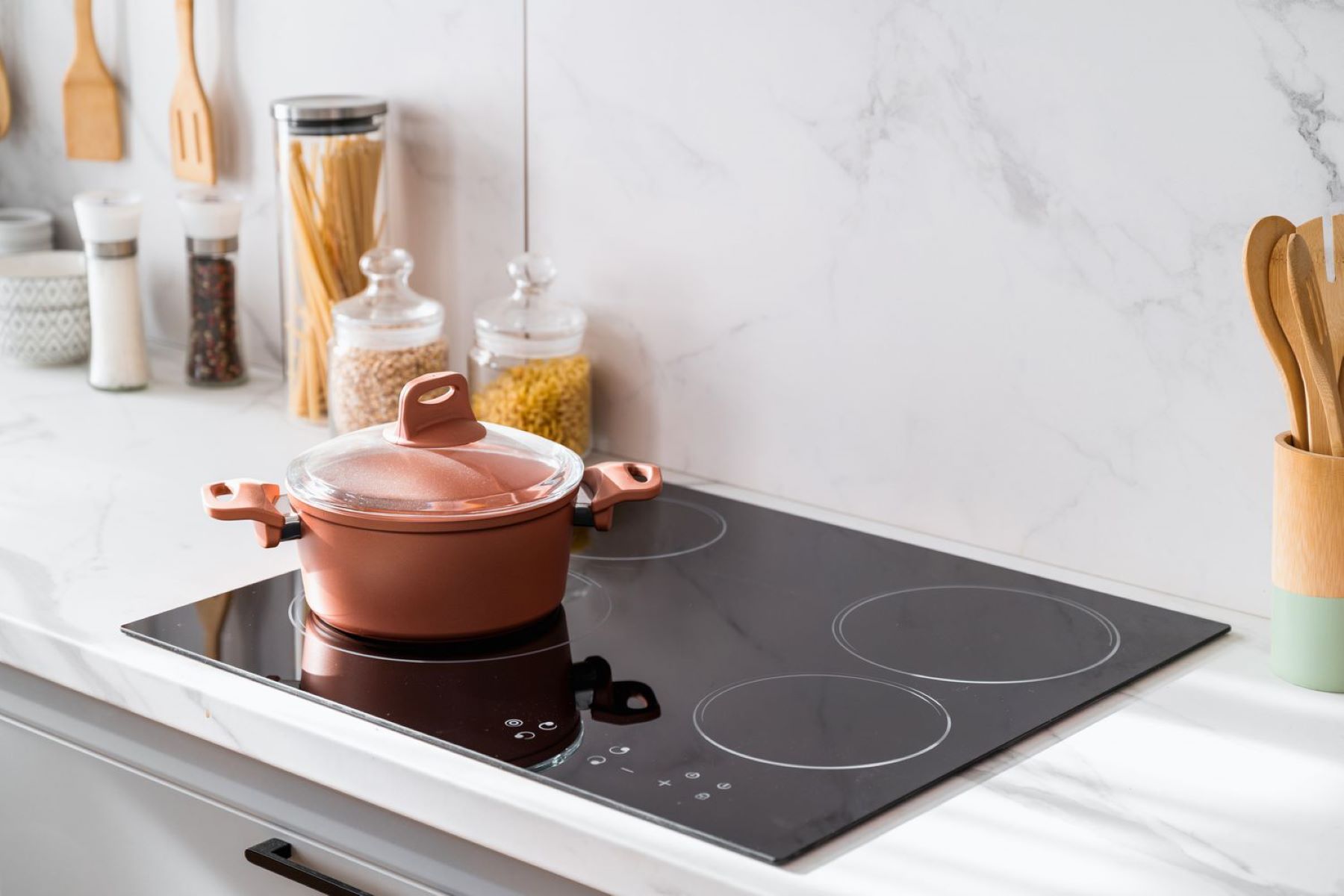
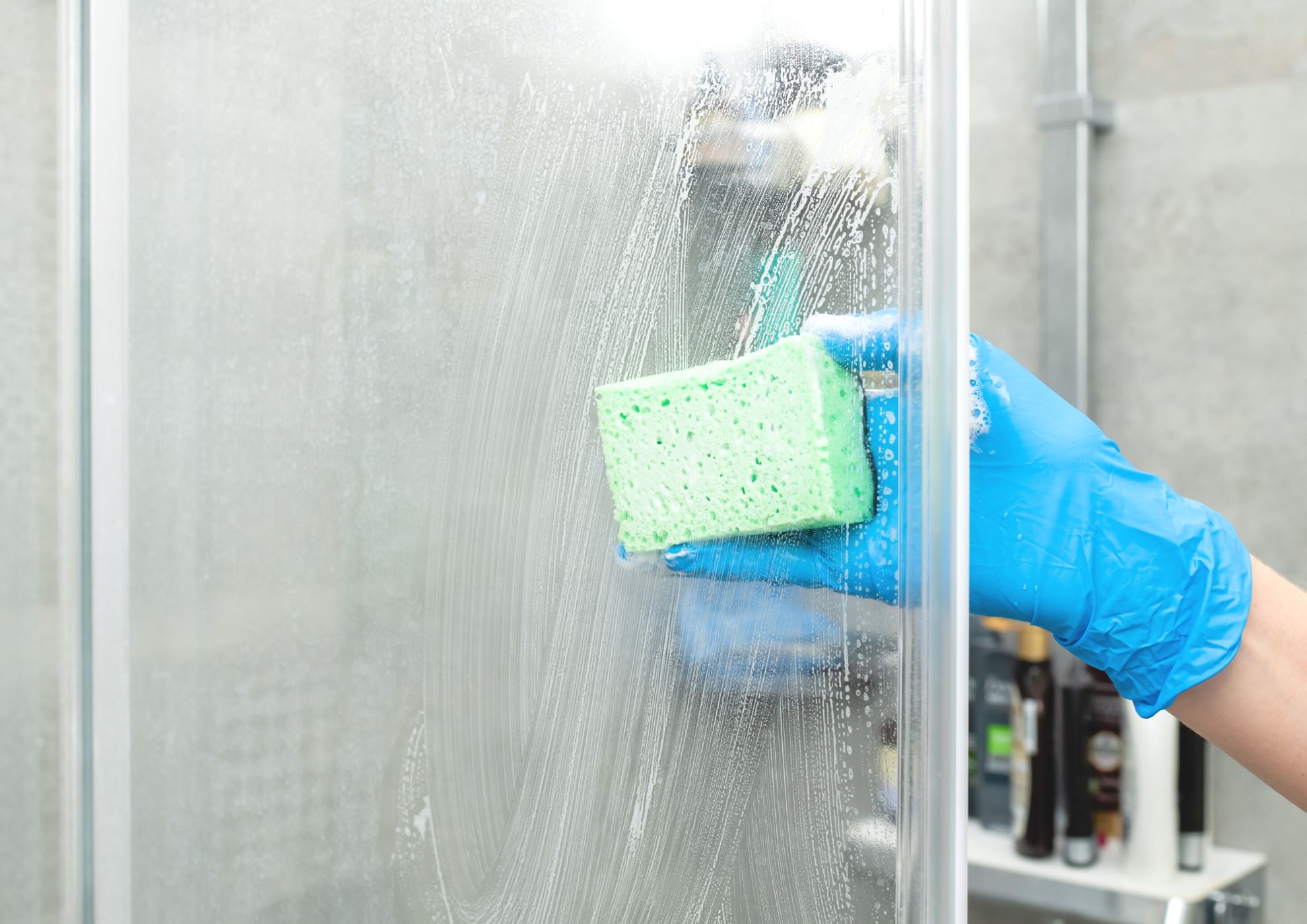
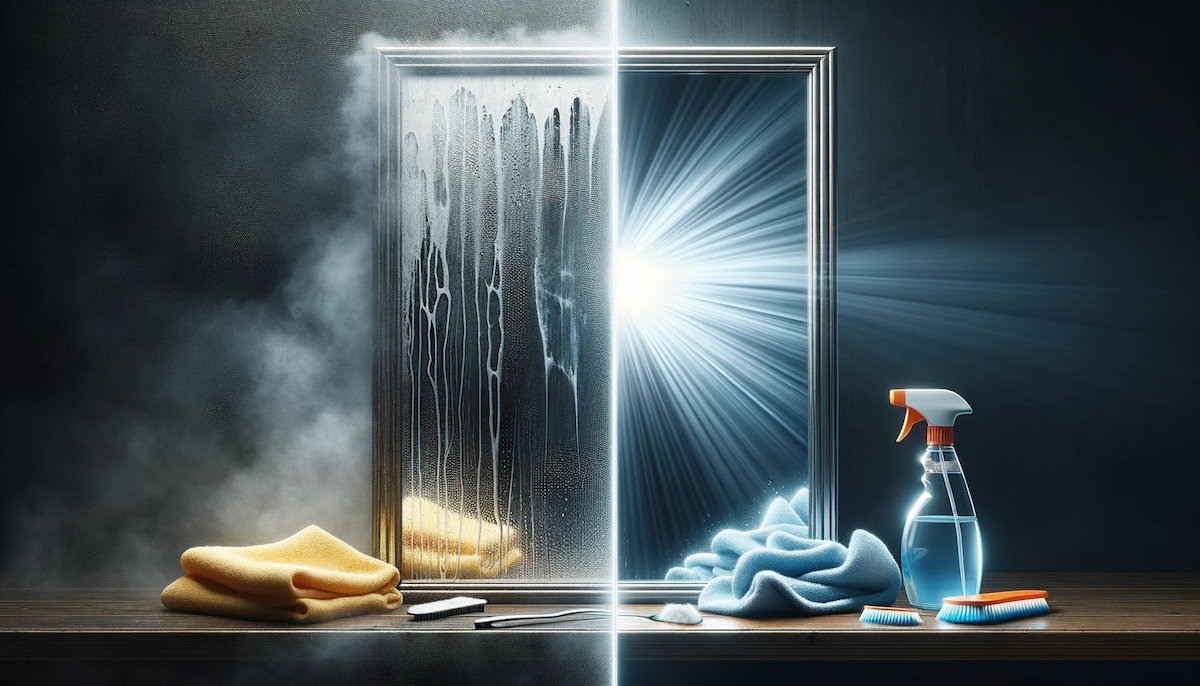
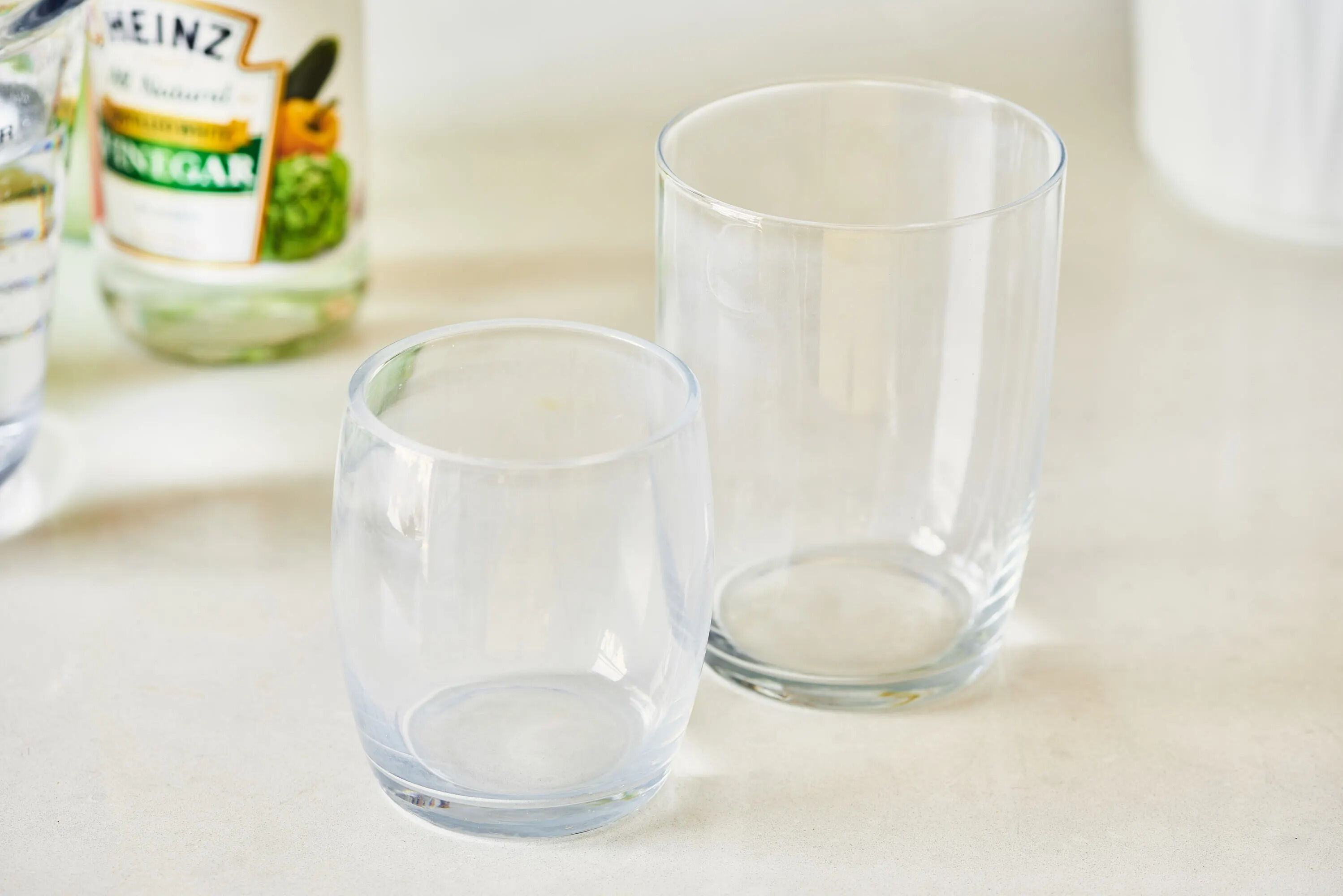
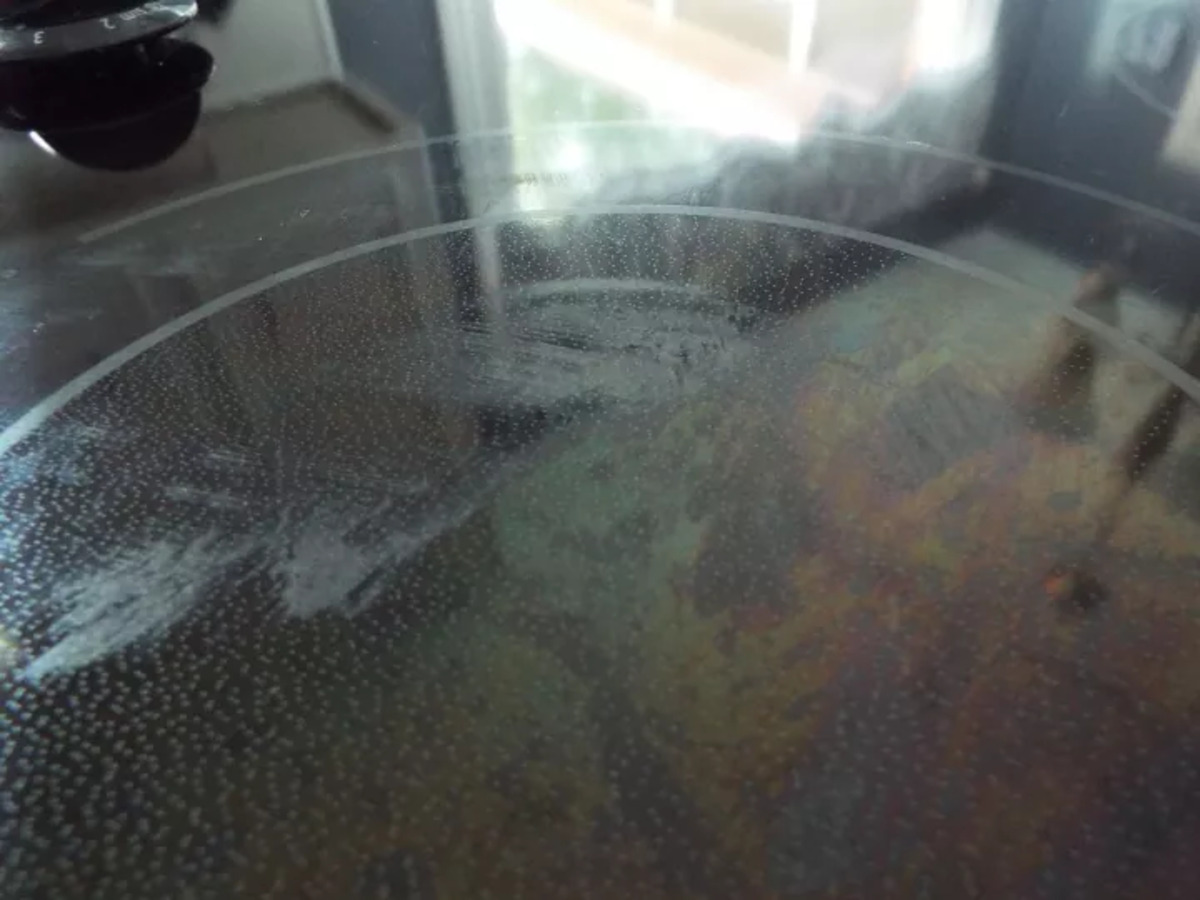
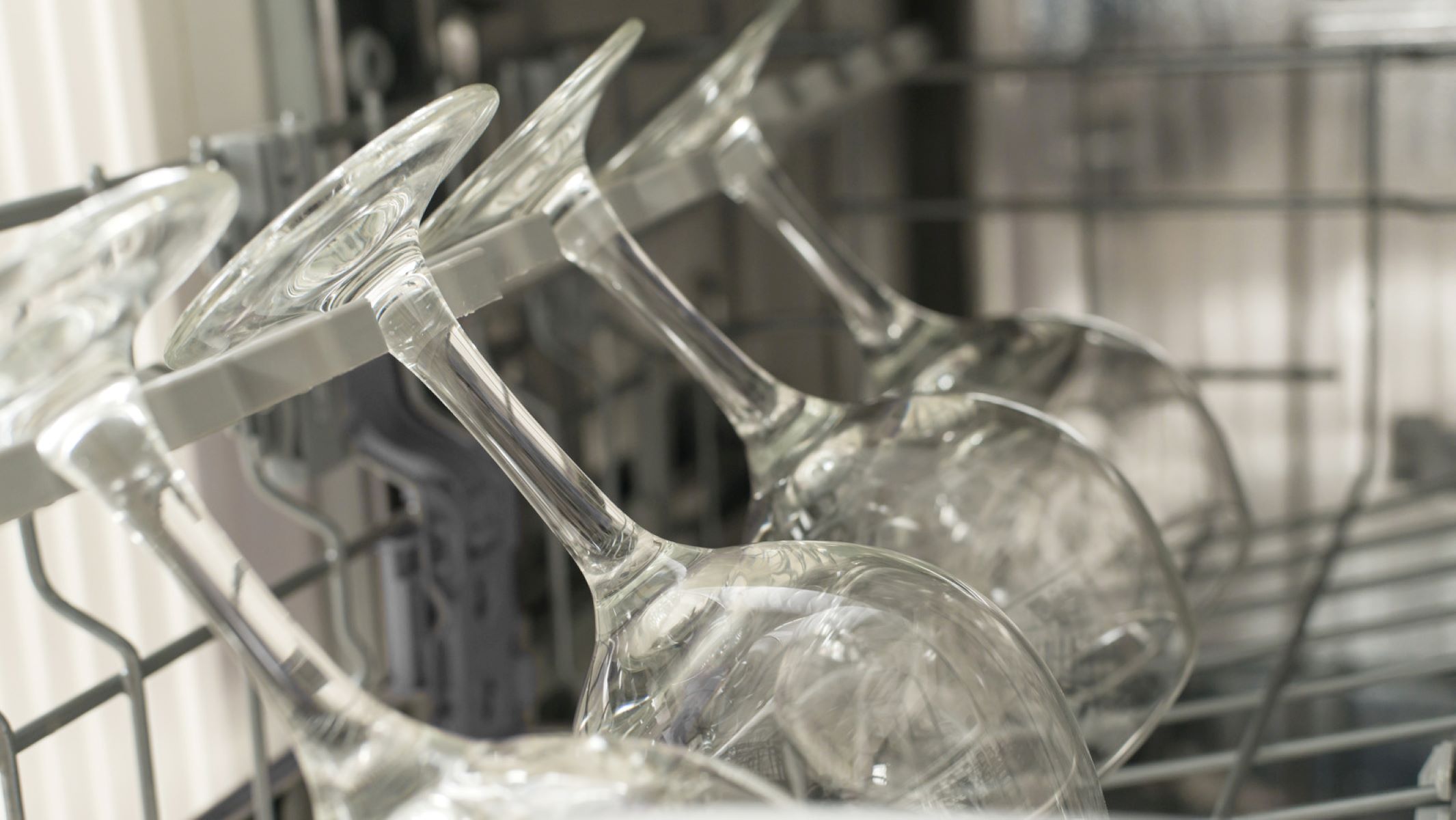
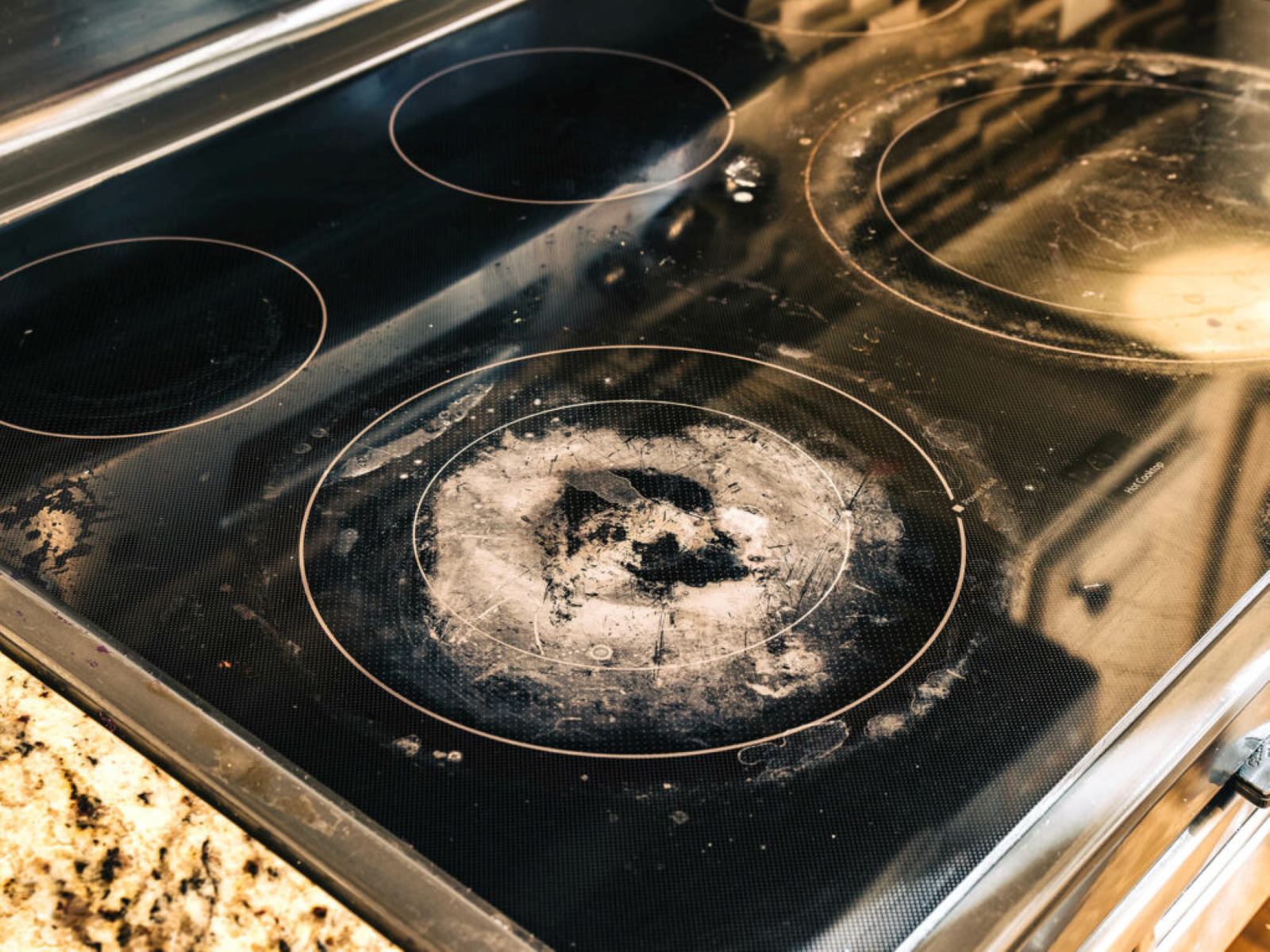
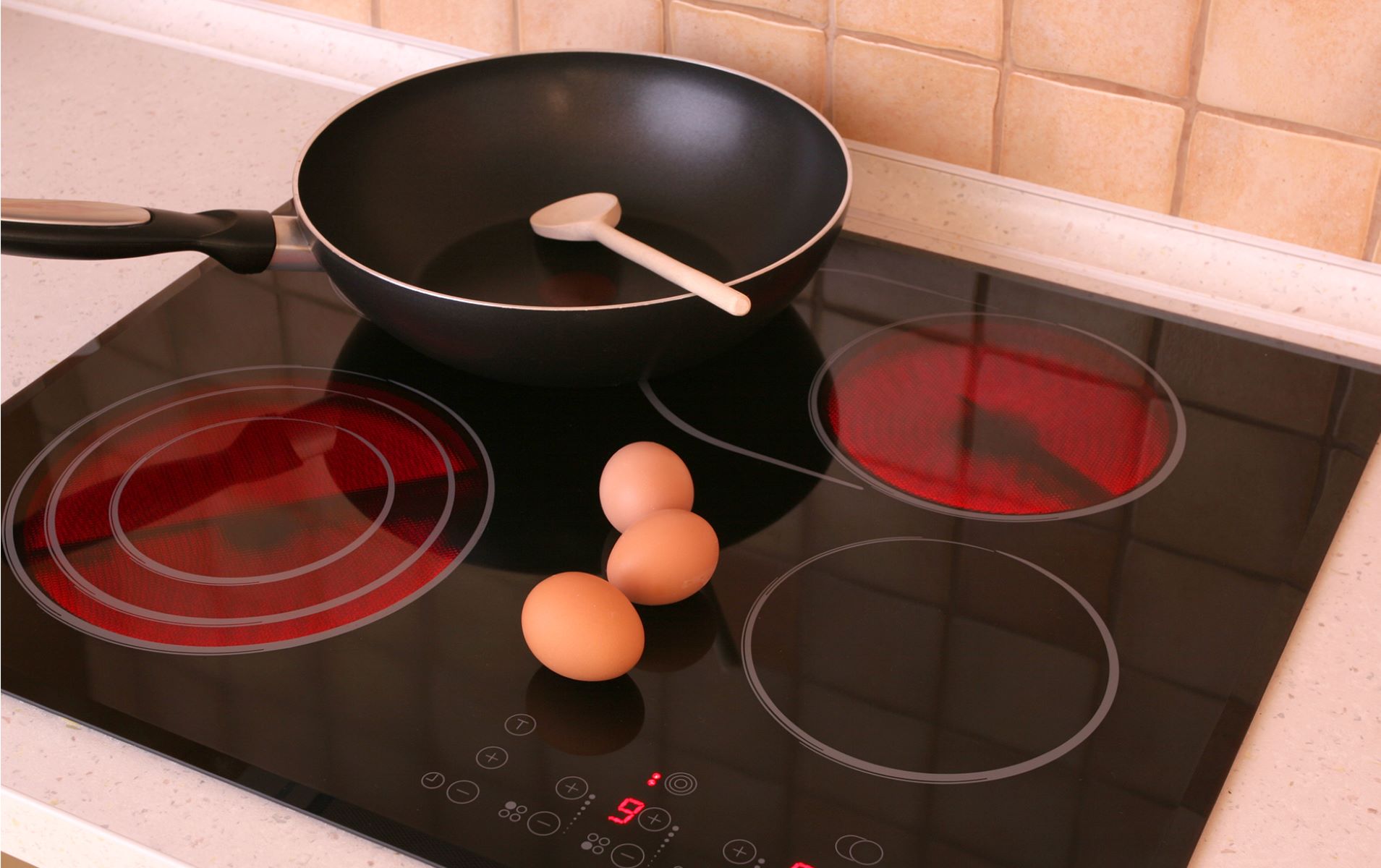
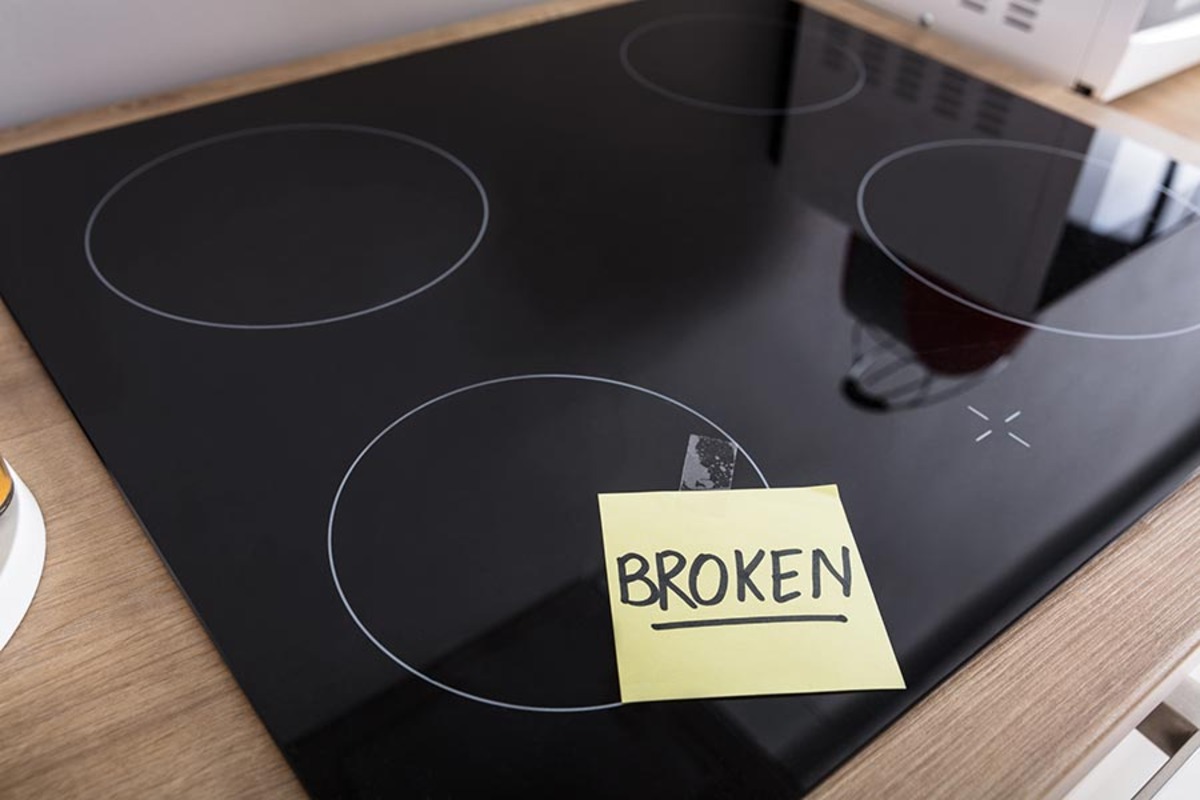
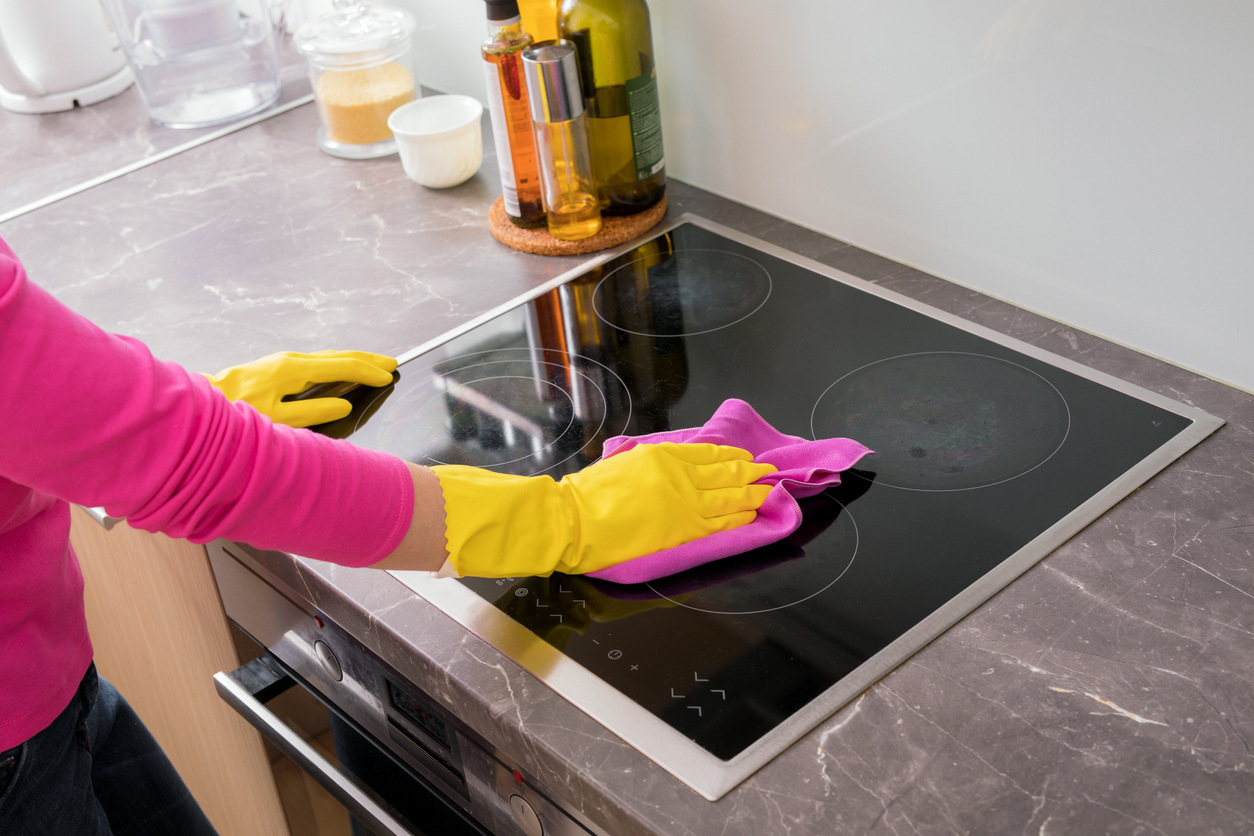
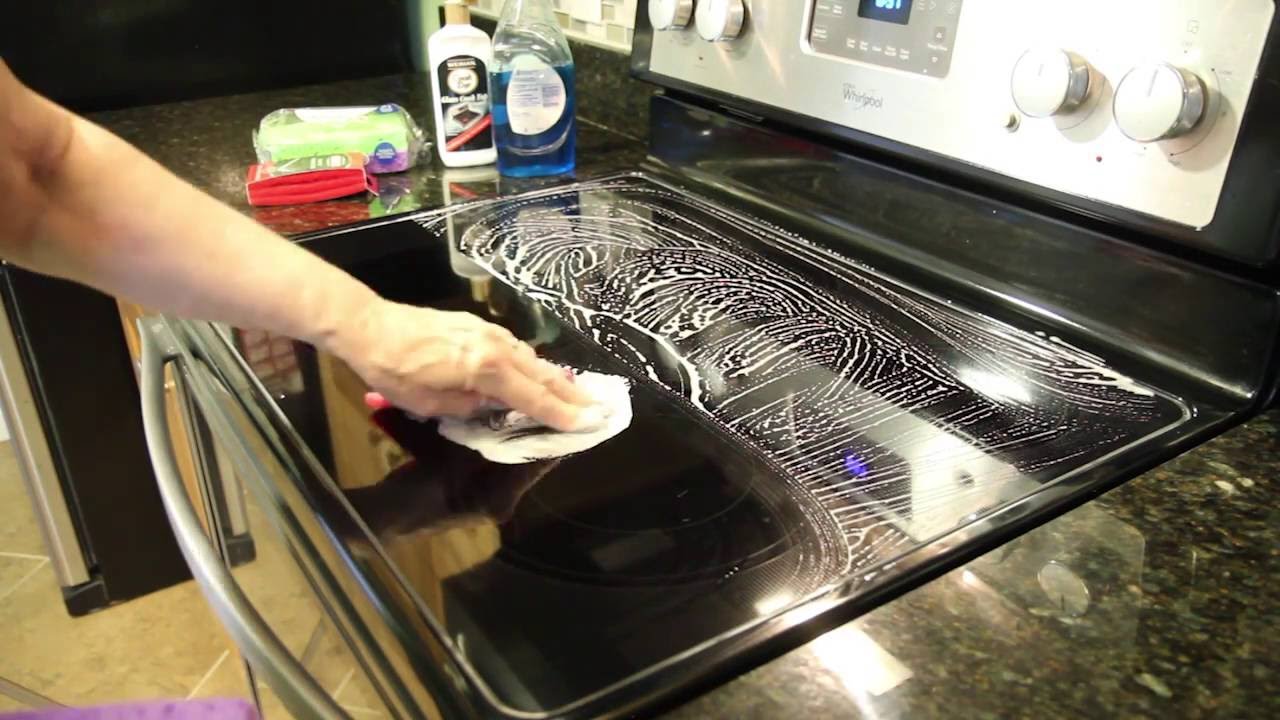

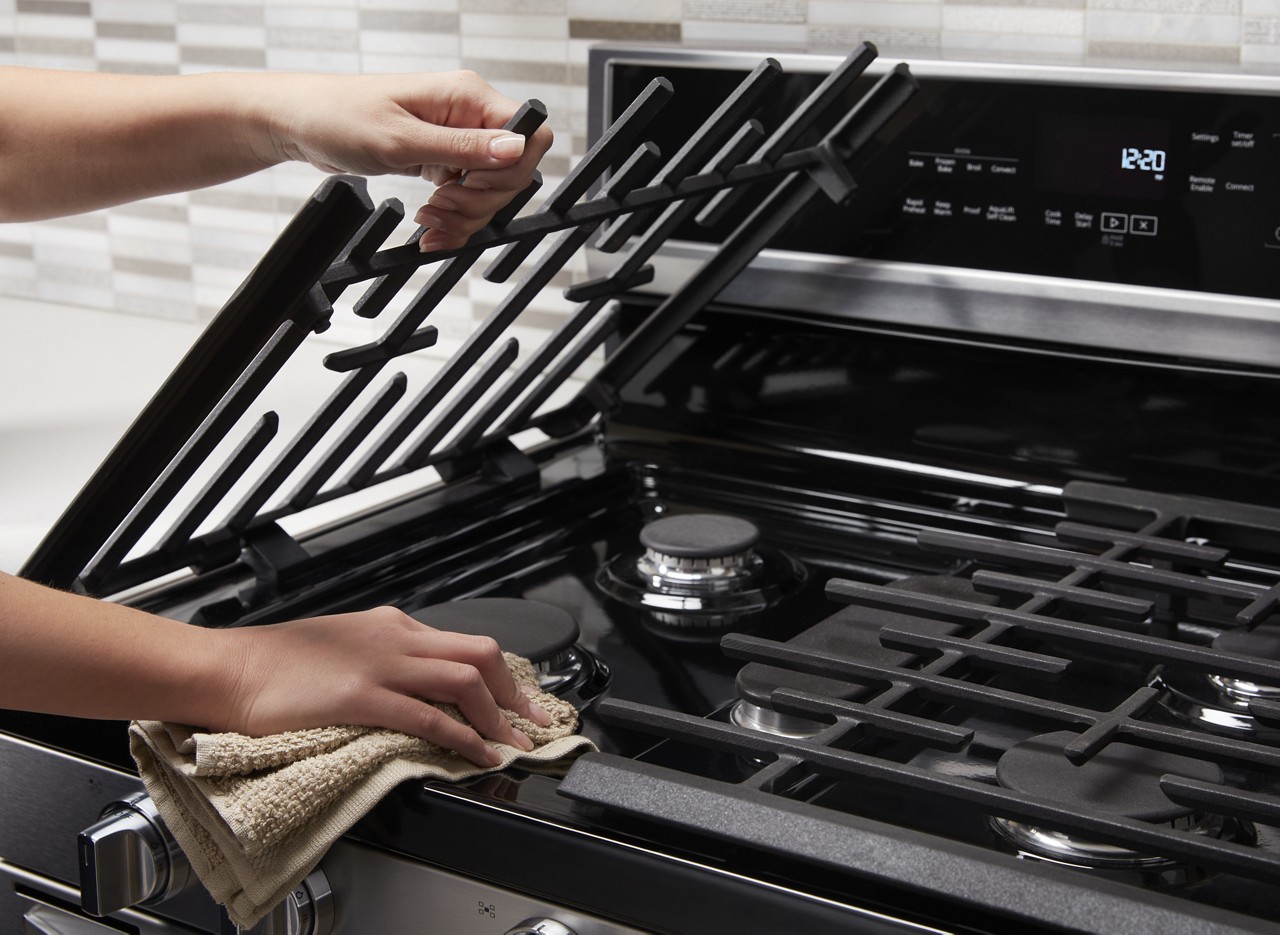

0 thoughts on “How To Clean A Cloudy Glass Cooktop”